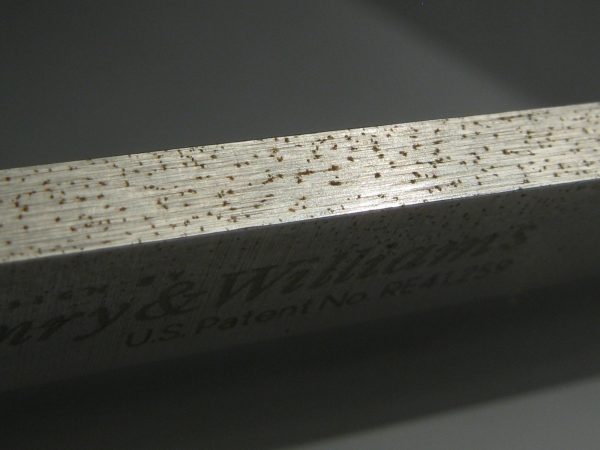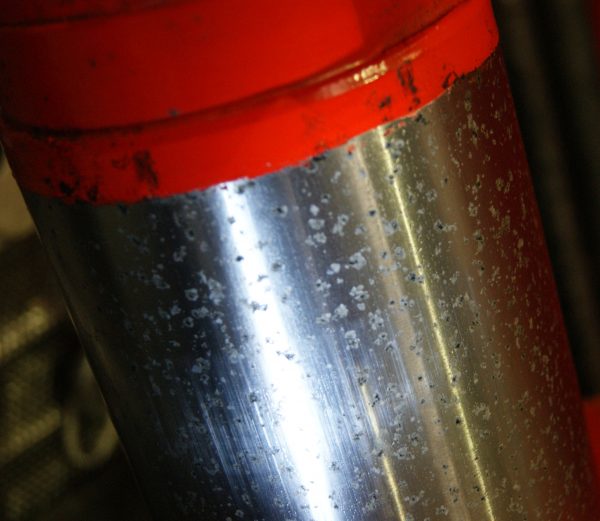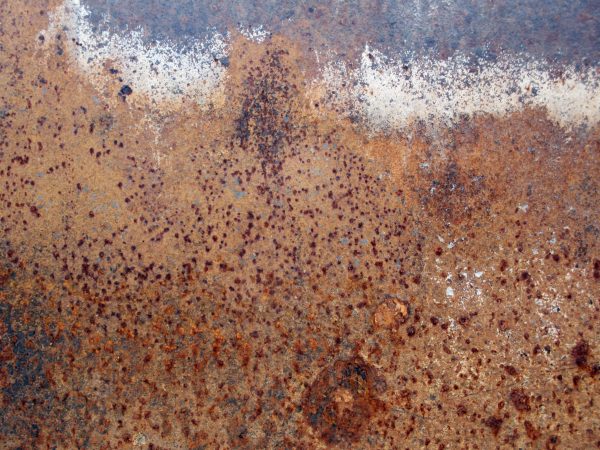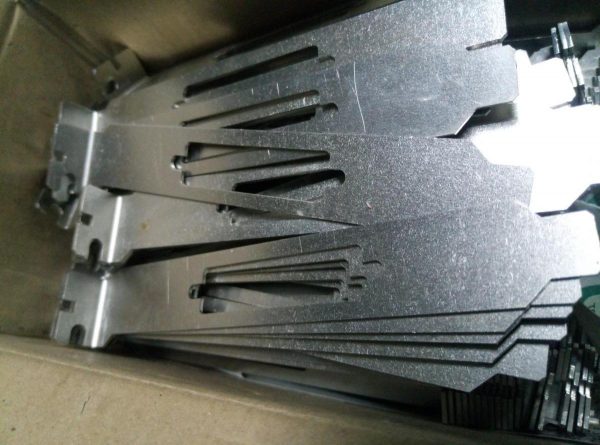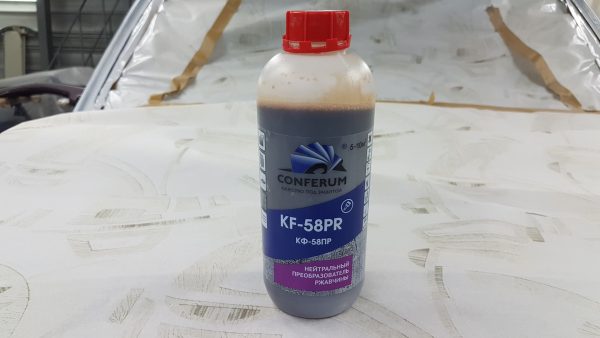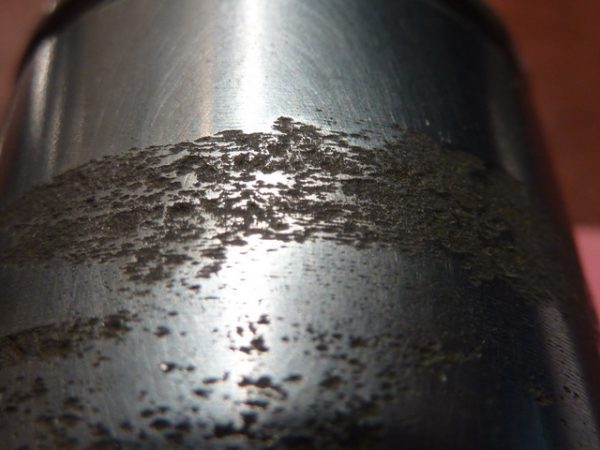Corrosion is understood as the process of destruction of the surface of metals as a result of occurring redox reactions. If it is not stopped, the material will lose strength, conductivity and aesthetic appeal. A common form of metal rusting is pitting, which does not cover significant areas, but has other unpleasant consequences.
- External manifestation of pitting corrosion
- Reasons for Pitting
- Features and pitting corrosion development pattern
- Pitting Form
- Pitting classification
- By size
- According to the specifics of development
- Ways to protect against pitting
- Mechanical way
- Chemical way
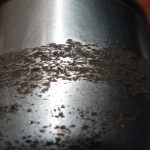
External manifestation of pitting corrosion
There are various forms of metal destruction. Pitting or pitting is one of these forms, which is local (local) defects on the surface of the metal. Most often, pitting corrosion occurs on stainless steel, aluminum and its alloys, titanium, nickel and occurs when the passive state of the material is partially violated.
Pitting is quite dangerous for the metal, despite the small size of its manifestations. The rest of the surface continues to remain in a normal external state, and only in some places white or reddish small dots, sores, small strips appear. Their appearance is deceptive, and the depth is usually significant, while the user rarely pays attention to them at an early stage of development.
to contents ↑Reasons for Pitting
Often a prerequisite for the appearance of pitting corrosion is a violation of the technology of metal production. For example, if casting rules are not followed, microimpurities, inclusions that change the normal structure appear in the steel. Low-quality metal may be too porous or residual scale appears in it - this also contributes to the appearance of pitting.
Pitting also occurs during the operation of steel and other metals in an aggressive environment: solutions containing oxidizing agents and activating anions (hydrochloric, nitric acids, sea water, chloride compounds).
Other causes of pitting corrosion are:
- mechanical impact, leading to the appearance of chips, scratches and causing damage to the outer protective film;
- excessive internal stress of the metal;
- product operation at high temperatures.
On rough stainless steel, pitting appears more likely than on smooth, polished, so uneven surface texture is also considered a risk factor.
to contents ↑Features and pitting corrosion development pattern
Pitting has a high flow rate. If you do not get rid of minor defects in time, the product may rust through. The higher the temperature at the location of the metal, the faster it will rust.
Pitting corrosion develops in three stages:
- The first stage is nucleation.It usually happens in areas with impaired protection, where the passive film on the metal surface has been torn, or where there is a heterogeneity of the material. After the displacement of oxygen by activating ions, the oxide layer is destroyed.
- The second is the growth of pitting. He obeys the laws of electrochemical reactions. Due to the dissolution of the oxide film, the anode process at the site of pitting corrosion is enhanced, and the normal surface becomes the cathode.
- The third is diffuse expansion. At this stage, the corrosion element moves deeper, new rust points may form nearby.
to contents ↑In some cases, pitting stops in development in the second stage and moves on to the repassivation stage. This happens when the reaction is shifted towards passivation, for example, when the acidity of the medium changes. If pitting corrosion has flowed to the stage of diffuse growth, it can no longer enter repassation.
Pitting Form
From the photo you can see that some elements have the correct shape, others are irregular in appearance. The exact shape depends on the voids in the crystal lattice that formed during the nucleation of the pitting. Usually incorrect pitting corrosion forms on plain (carbon), low alloy steel and stainless steel, and regular pitting forms on aluminum and various alloys. In addition, the classification of pits in form looks like this:
- hemispherical, with a shiny, polished bottom;
- polyhedral;
- faceted, including interconnected;
- in the form of complex polyhedra;
- pyramidal;
- prismatic.
Polished (hemispherical) elements are often found on aluminum, tantalum and titanium, as well as on cobalt, nickel alloys.
to contents ↑Pitting classification
Pitting corrosion is classified not only by shape, but also by other characteristics: size, specificity of its development.
By size
Depending on the exact composition of the metal, environmental conditions (temperature, acidity), the sizes of pitting corrosion can be different:
- microscopic (micropitting) - less than 0.1 mm;
- conventional (pitting) - 0.1-1 mm;
- significant (ulcer) - more than 1 mm.
According to the specifics of development
Pitting is superficial, open and closed. Surface corrosion elements intensively develop horizontally without capturing deeper metal structures. They cause the appearance of clearly visible potholes of shallow depth. Open pitting corrosion is visible to the naked eye or at a small size when magnified by standard optical equipment. This type of rusting often becomes continuous if many pits begin to appear on the surface.
Closed corrosion is considered the most dangerous in terms of further preservation of metal products. It is impossible to consider it without devices, so the elements grow deeper into the metal, remaining undetected for a long time. It is closed pits that cause the formation of holes. If the initial manifestations of corrosion are not removed on time, the product will become unusable.
to contents ↑Ways to protect against pitting
There are a number of modern methods to prevent corrosion, and many of them are already used at the stage of car production. Nevertheless, old machines are subject to rust due to long-term operation, constant contact with aggressive reagents. Pitting often occurs on various parts of the car: bearings, gear teeth, and rust points on the body are generally considered common.
to contents ↑Pitting corrosion is often detected on household items, including stainless steel. Mechanical and chemical methods can be used to protect the metal, some of which are suitable for independent use.
Mechanical way
This method includes tips for removing existing rust by grinding, laser processing, and mechanical application of barrier coatings (including paint coatings). The choice of type of coating depends on the type of metal and its operating conditions. The galvanizing or nickel plating technique is usually used, but chromium plating, coating with copper, silver, aluminum, tin, and cadmium are also practiced in industrial conditions. The created film isolates the metal from the environment and prevents it from contacting with acids, oxygen, and chlorine, which extends the service life.
On sale there are kits for self-conducting galvanizing of metal. First, the part is cleaned of existing rust by treatment with converters. After half an hour, the products are washed off, the product is cleaned, polished, a layer of a special solution is applied and an electrode with a zinc tip is connected. After a certain time, a thin zinc film will be created on the metal surface, which will not allow rust to further destroy the material.
to contents ↑Chemical way
The main chemical method of getting rid of corrosion is the elimination of a closed system with solutions of alkalis, sulfates, chromates. The principle of action is to reduce acidity and shift the reaction towards alkaline, in which corrosion processes stop. It is only important to control the evolution of hydrogen, since this element alone increases the risk of pitting.
Unfortunately, in everyday life it is impossible to completely eliminate the danger of pitting corrosion. There is a chance to only weaken the influence of risk factors. It is better to immediately operate the product correctly, to prevent an increase in the acidity of the medium, than you can extend its service life by several years.

